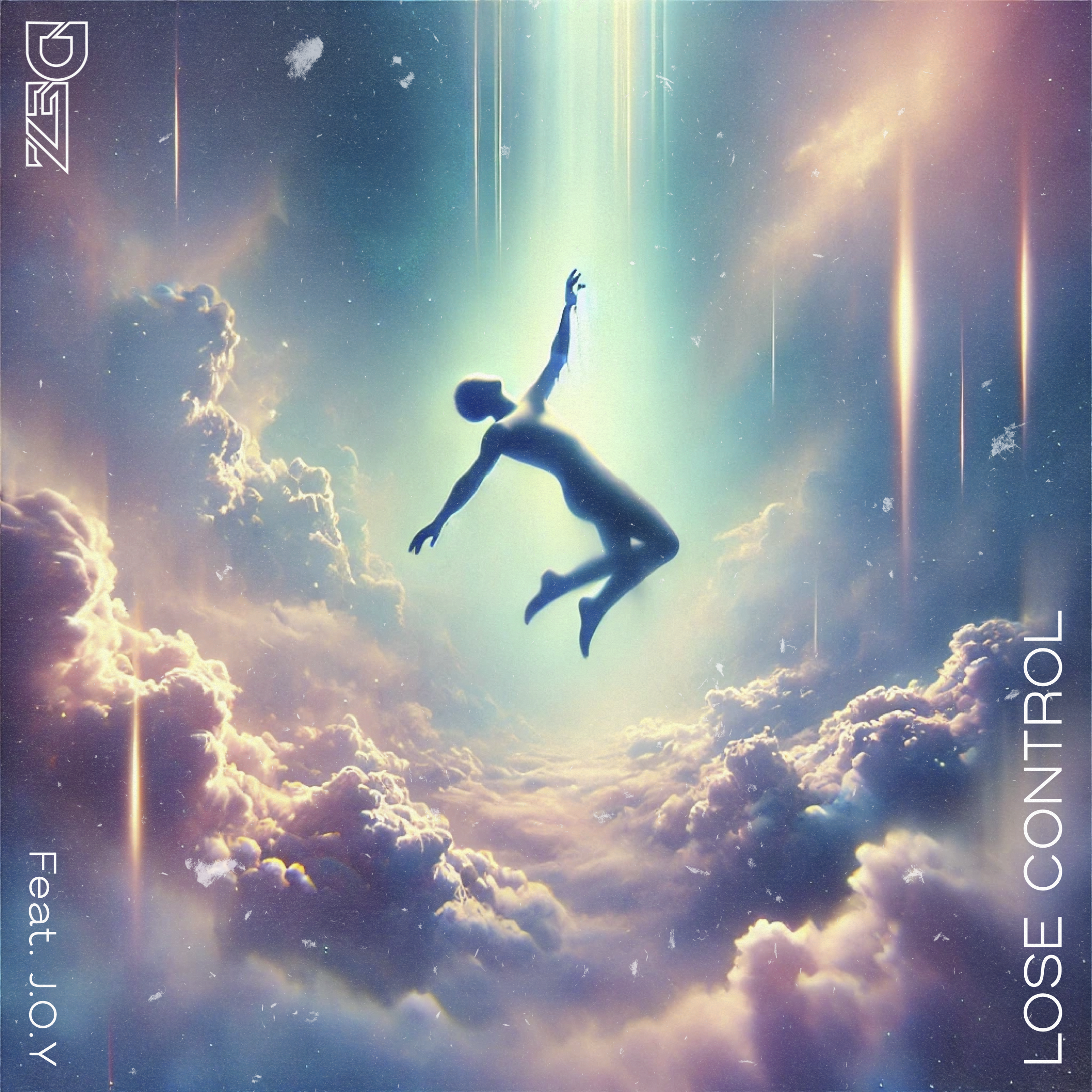If you have a business, whether it be a one-person band or a multi-national corporation, you need a fantastic business website. Your website is your most fundamental piece of marketing and one that can be viewed at at time, any place, by anyone. It is the place pretty much all your other pieces of marketing will point to as well. It is the space you use to sell yourself, your music, your ideals, your purpose, and that means it needs to look, sound, and be the part. If your website is not up to par, then you will not get the right amount of hits. And from the reduced number of hits you get, you will probably have a lot of bounces. The bounce rate is where visitors come onto a website and immediately click off – bounce off. People make split-second decisions about a company from its website, it all happens in the blink of an eye, and then you have lost a sale. So, if you want to grow your business, enhance your marketing campaigns, and develop a loyal customer base, you need to work on your website. Here are a few things for you to think about:

Your Customer Base
The first thing that you really need to know before you create any piece of marketing, including the website, is who your customer base is. This means that you need to conduct some customer research. You can do this in a number of ways, using your social media accounts, talking to your existing customers, creating polls, questionnaires, feedback forms, etc. How you do it is up to you, but you need to develop a key customer profile. From the outset, create a list of questions you want to answer; what does your customer like? What do they dislike? Who do they admire? What are their motivations? What problems in their lives does your product or service solve? Whatever you deem relevant to your product. The deeper the insight into your customer, the better you can develop your brand and marketing campaigns.
Your Competitors Websites
Before you start developing your site, it is a good idea to check out the competition. Do a competitive analysis of your competitor’s website, and discover what they do well and what they don’t do so well. Look at their language, their use of language, what colloquialisms they use, etc. – how do they communicate with your customer? All your competitors will have pluses and minuses. You want to build on this to develop a unique yet compelling website that is better than them at all their high points.
Your Brand
Another thing that you should develop before creating your website is your brand. A brand acts as a foundation for all your marketing material. It is, in effect, your company identity, and it underpins all your content, messages, and values. While creating a brand, you need to consider things such as your vision of the future. What is special about your company, how does it tie into your customer’s likes and motivations, and how can you create a brand that gives your customers something to believe in? Maybe it is about sustainability; you are developing a product sustainably, and some of the profits go into resolving the pollution crisis. Maybe you have a fantastic business creation story, something that compelled you to open this business and fight for the causes you and your customer hold dear. Maybe your brand can help you use some shock advertising tactics to educate the world on your plight and how you intend to make it a better place. You should use your website as a space to write this story and draw attention to it with brand awareness marketing campaigns. Your brand should also dictate the colors you put on your website, with the logo you design being prominent too.
The Planning Phase
All good websites are well thought out. So, that means you need to plan your site. In some cases, if you have an existing site and have just been adding to it over time, you are going to need to go back to the drawing board. When you are in the planning stage of a website, you need to imagine what your customer is looking for. Think about the types of queries that your customers will enter into the search engines. Imaging this will help you develop a coherent website that makes sense to your users, but it will also help you write suitable content loaded with the necessary keywords – more about that later in SEO. What do you need to show on your home page to entice your customers to learn more, click on your shop, or contact you? When it comes to the structure of your site, i.e., menus, links, pages, ordering, etc., it all needs to flow right. First, you need to limit the number of menus to around seven. Anything more than this becomes confusing and convoluted. Each menu needs to be logical, with the right pages underneath it and submenus. You want an easily navigatable site. It may be worth asking someone else where they would go to find a particular piece of information. This will give you a deeper insight into a logical layout. Consider also where you are going to put videos and interactive things. Are you going to have a blog? You also need a call to action on the pages, gently above the fold so that they are easy to see. If you do not have an IT team and are struggling to create a site using an HTML website creation program, then why not use a CMS (content management system) such as WordPress or Wix? There is no point in struggling with something when there are tools out there to make your life easier.
What Features Will You Use
All good websites have features that make them more interesting. Maybe you could have an interactive music creator and a live chat for website. You may want an online shop too. You should do some investigation and decide what features you want your site to have. Remember, too many features will have a negative effect on the site; it may slow it down and confuse your audience. So, think less is more and include these in the site plan.
Your Content
This is the bread and butter of your website, the words, the imagery, the infographics, memes, gifs, etc. These are essential communication tools you use to connect with your customer. You want relevant, hard-hitting content that is succinct and precise. You don’t want ambiguity; you don’t want anyone to be confused about what’s going on – this is not a piece of literature – it is marketing. You want people to understand and move to the sale. When it comes to the written text, less is more. Do not feel the need to fill up a page just becue you feel the page looks pretty bare. No one wants to wade through a lot of non-sensical waffle to get to the titbit they need. Too much text is s turn off and will cause someone to click off. The exception to this may be a blog, but that is a specific thing. When it comes to most website pages – information pages, be simple and exact. Mirror this with the images you use; create harmony, not disconnection. Use your brand page and your blogs to write beautifully, not your run-of-the-mill standard pages.
SEO
Search Engine Optimization (SEO) is the name given to the process of making a website that is discoverable by the search engine. This is extremely important, especially if most of your customers will find your website organically using internet search engines. What is meant by SEO is ensuring that your pages contain relevant keywords and phrases that your customer is likely to input into the search engine query bar. Another thing to remember is that the search engine looks for newly input content; the more often a website is updated, the better. A blog is a great way to refresh your site with new content, keep it relevant and ensure that it remains higher up in the search engine algorithms.
Page Speed
You should ensure that your web pages are fully optimized and fast-loading. If you fail to do this, you will have a high bounce rate. Any website or page that takes longer than two seconds to load, you can guarantee a high bounce rate. If your website is slow to load, you need to find out why. Maybe you need to reduce image sizes, maybe you have too many complicated gifs, maybe your pages are too long, maybe you have large plugins, and you need to swap them with smaller ones, or maybe you are using an overly complicated and large template from your chosen CMS. Anything that is not adding to the page needs to be removed. You are far better off having a quick site and avoiding that bounce rate than a massively complicated site that no one can use.

